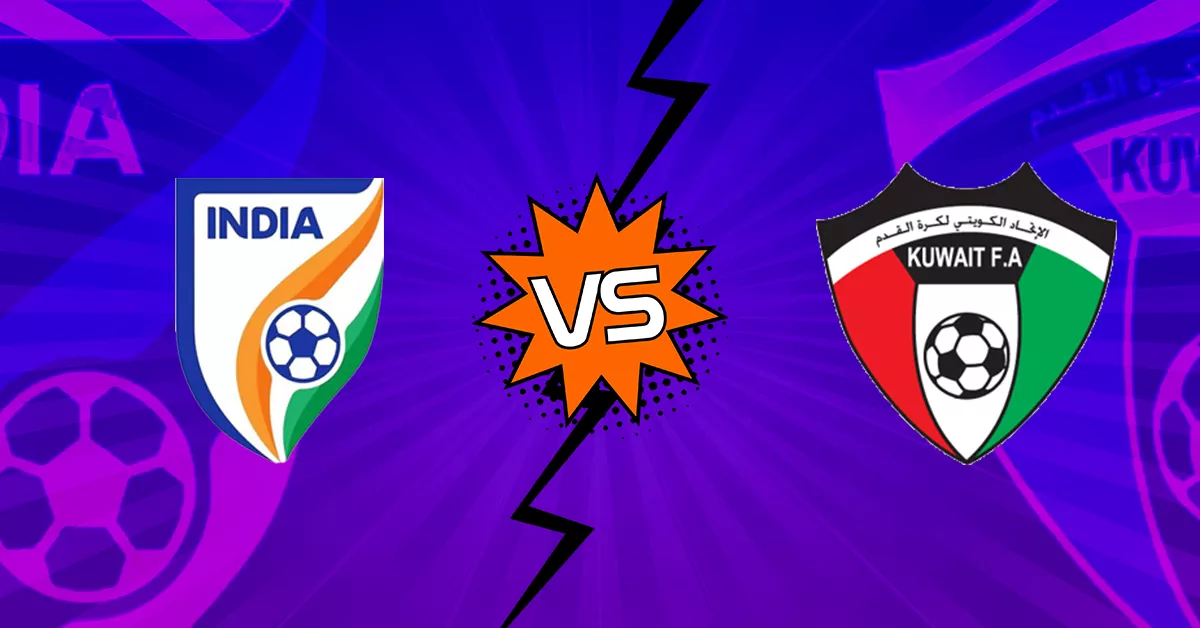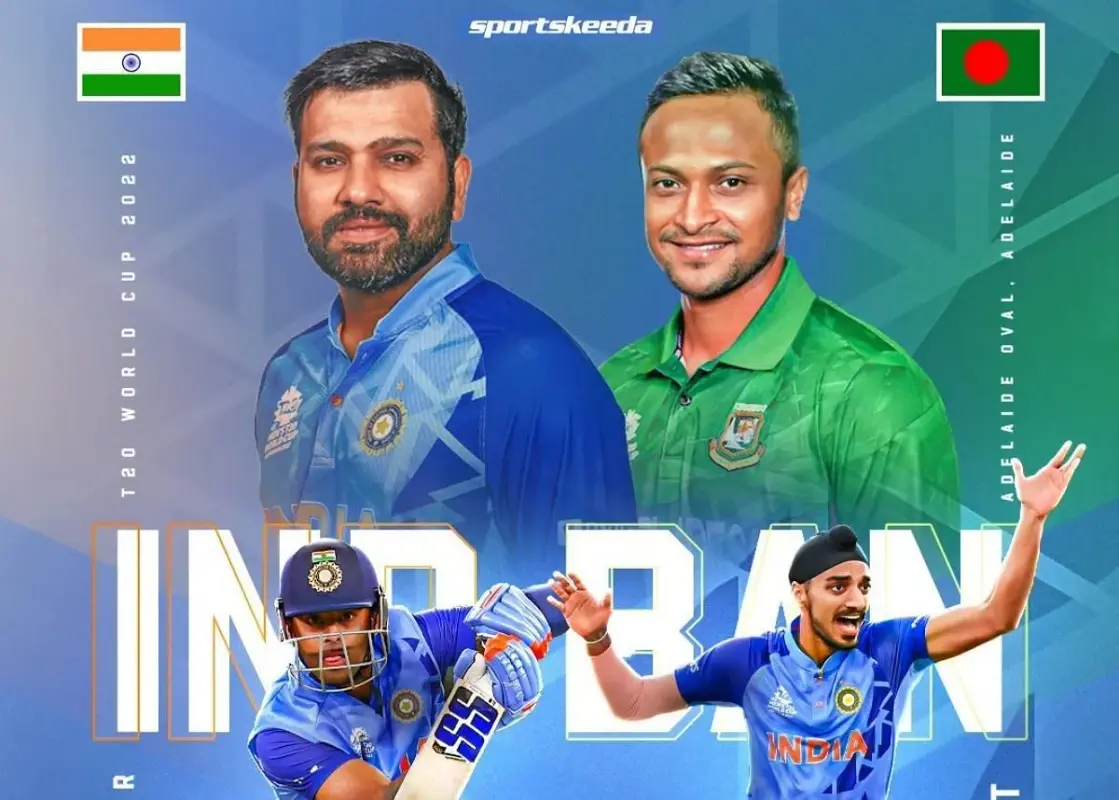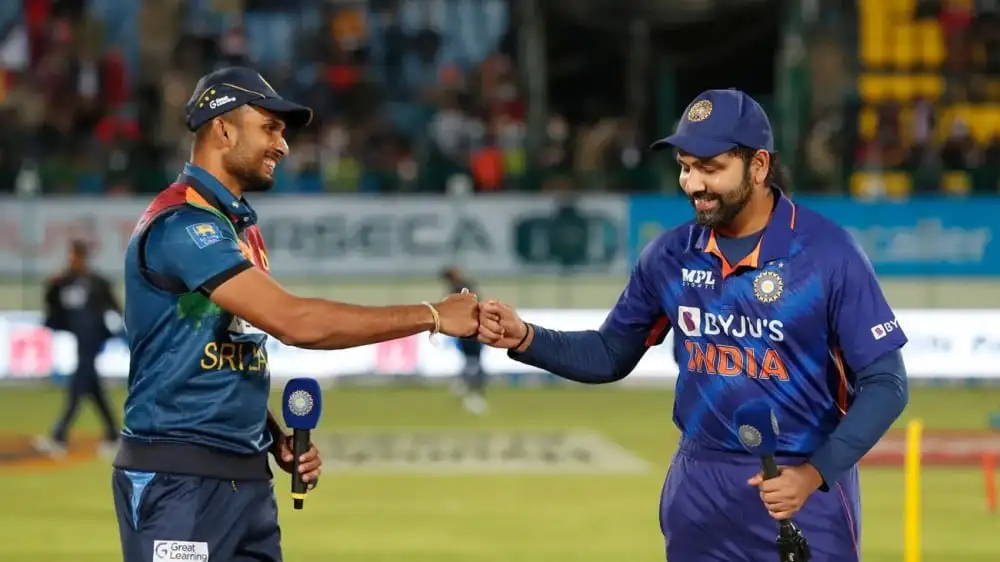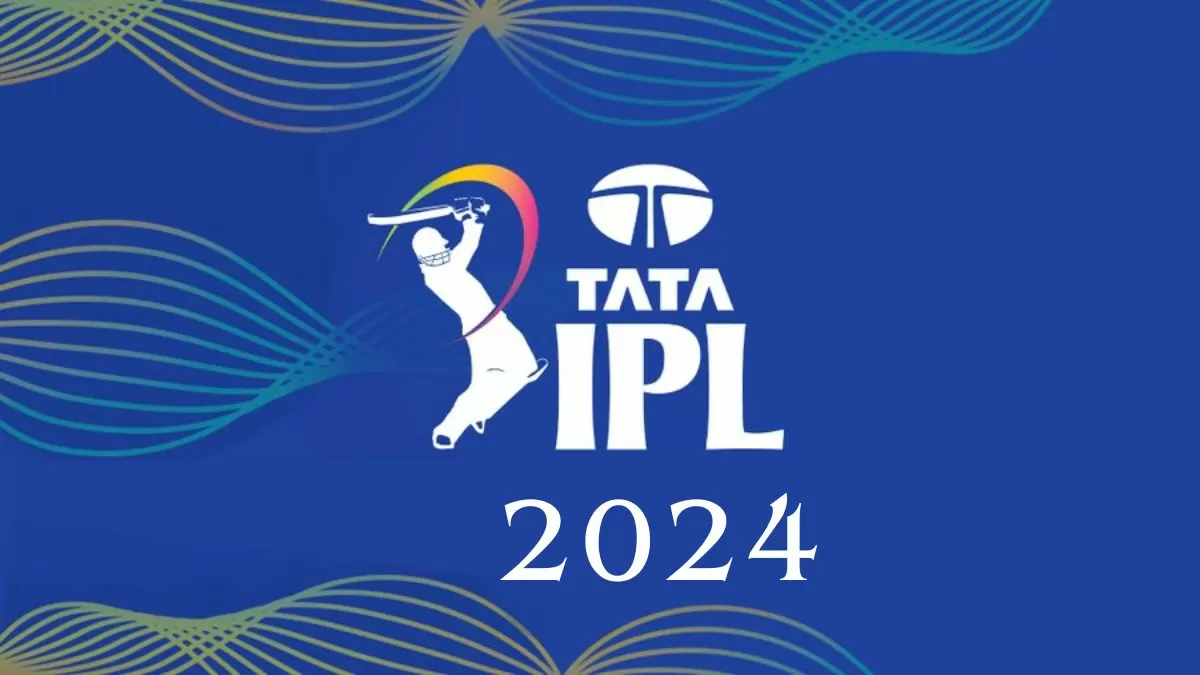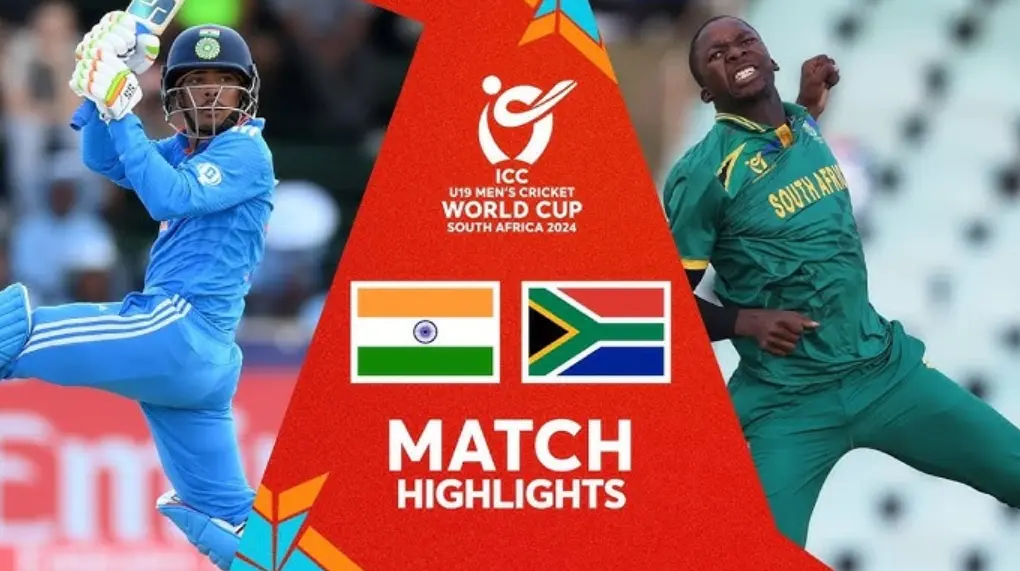The FIFA World Cup Qualifiers, a stage where dreams are ignited and legends are forged, witnessed a momentous encounter as India's national football team faced off against Kuwait on November 16, 2023, at the Jaber Al-Ahmad International Stadium in Kuwait City. This clash of titans held immense significance for both teams, each striving for supremacy in their pursuit of reaching the pinnacle of world football.
India, guided by the astute leadership of head coach Igor Stimac, entered the match brimming with confidence, having secured an impressive 5-4 victory on penalties against Kuwait in the SAFF Championship final just months prior. The Blue Tigers were determined to capitalize on their home advantage and prove their mettle against their formidable opponents.
Kuwait, on the other hand, were not to be underestimated. Having established themselves as a force in Asian football, they approached the match with unwavering confidence and a desire to extend their unbeaten streak. Their star-studded lineup, featuring the likes of Faisal Zaid Al-Harbi, Yousef Naser, and Bader Mutlaq, posed a significant threat to the Indian defense.
From the very first whistle, the match was a tense and closely contested affair. Both teams exercised caution, wary of committing any early mistakes that could prove costly. The midfield battle was fiercely contested, with neither side able to gain a clear advantage.
As the first half progressed, India gradually began to assert themselves on the pitch, spearheaded by their talismanic captain Sunil Chhetri. His relentless runs and incisive passes kept the Kuwaiti defense on their toes, creating a constant threat of a breakthrough.
On the other end, Kuwait's Faisal Zaid Al-Harbi, their influential midfielder, was a constant menace to the Indian backline. His pace and vision were a handful for the Indian defenders, and he came close to opening the scoring on several occasions.
The first half concluded with the score locked at 0-0, leaving both teams eager to break the deadlock in the second half.
India emerged from the dressing room with renewed determination, pressing forward with urgency in their quest for a goal. They created a flurry of chances, with Chhetri, in particular, proving to be a constant threat to the Kuwaiti defense. His tireless efforts and sharp finishing kept the goalkeeper on his toes.
Kuwait, however, were not to be outdone. They absorbed the pressure with resilience and launched swift counterattacks of their own. Their passing was precise and fluid, and they constantly sought to exploit any gaps in the Indian defense.
The match continued to be a captivating back-and-forth affair, with both teams refusing to concede an inch. The tension was palpable, and the crowd roared with every near-miss.
In the 75th minute, India finally found the breakthrough they had been searching for. Manvir Singh, who had just been introduced as a substitute, received a cross from Lallianzuala Chhangte and unleashed a powerful left-footed shot that found the back of the net. The stadium erupted in a cacophony of cheers as India took the lead.
Kuwait responded with renewed vigor, pushing forward in search of an equalizer. However, the Indian defense stood firm, repelling every attack and protecting their slender lead.
In stoppage time, Kuwait's hopes of a comeback were dashed when Faizal Zaid Al-Harbi received a second yellow card, resulting in a red card. The Blue Tigers were able to manage the remaining minutes with composure, securing a hard-fought 1-0 victory.
The final whistle blew, signaling the end of a grueling but exhilarating match. India emerged victorious, their determination and resilience rewarded with a crucial three points. While both teams were disappointed not to secure a victory, they could take pride in their performances. India had demonstrated their ability to compete with the best in Asia, while Kuwait had showcased their defensive prowess and fighting spirit.
Conclusion:
The match between India and Kuwait was a testament to the growing quality of football in Asia. It was a clash of two ambitious teams, each determined to make their mark on the world stage. The future of Asian football looks bright, and the FIFA World Cup Qualifiers have provided a glimpse of the thrilling battles to come.

